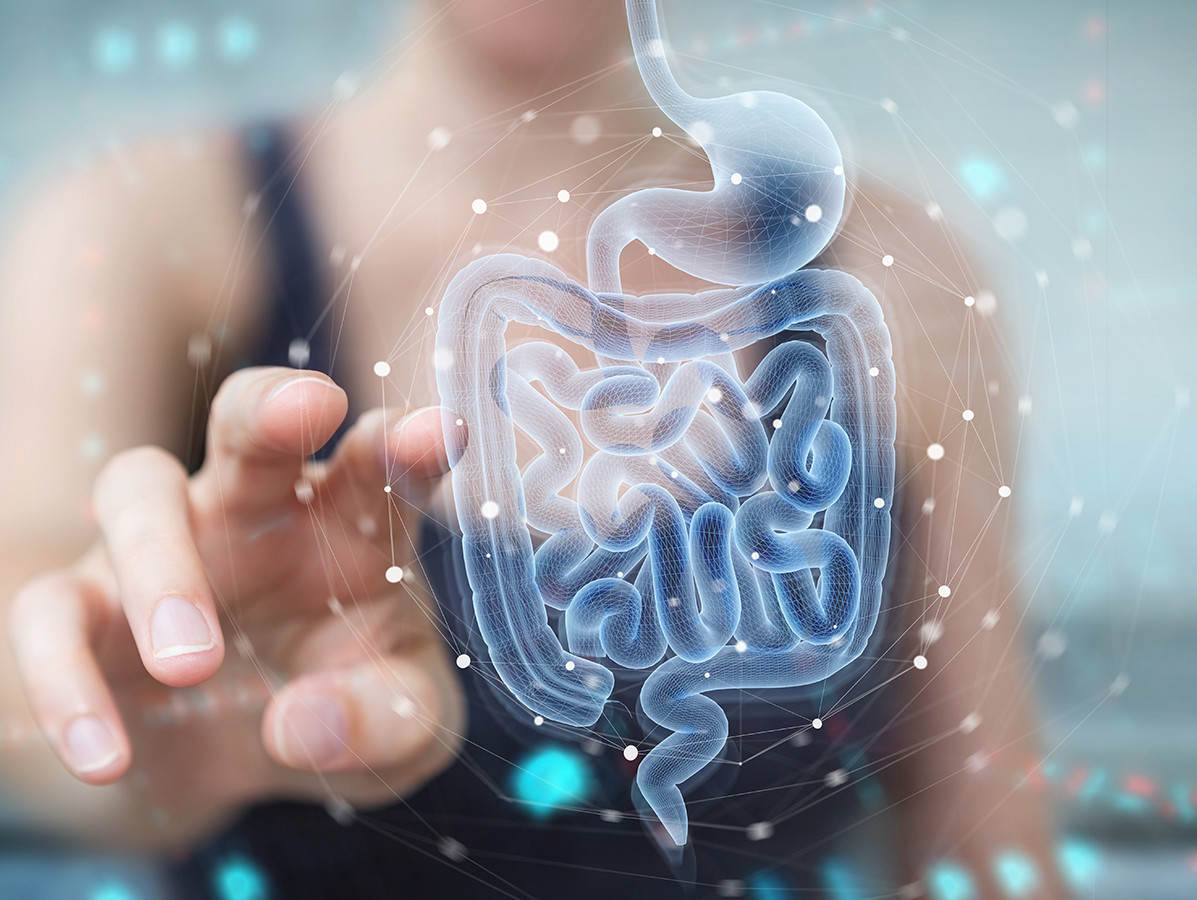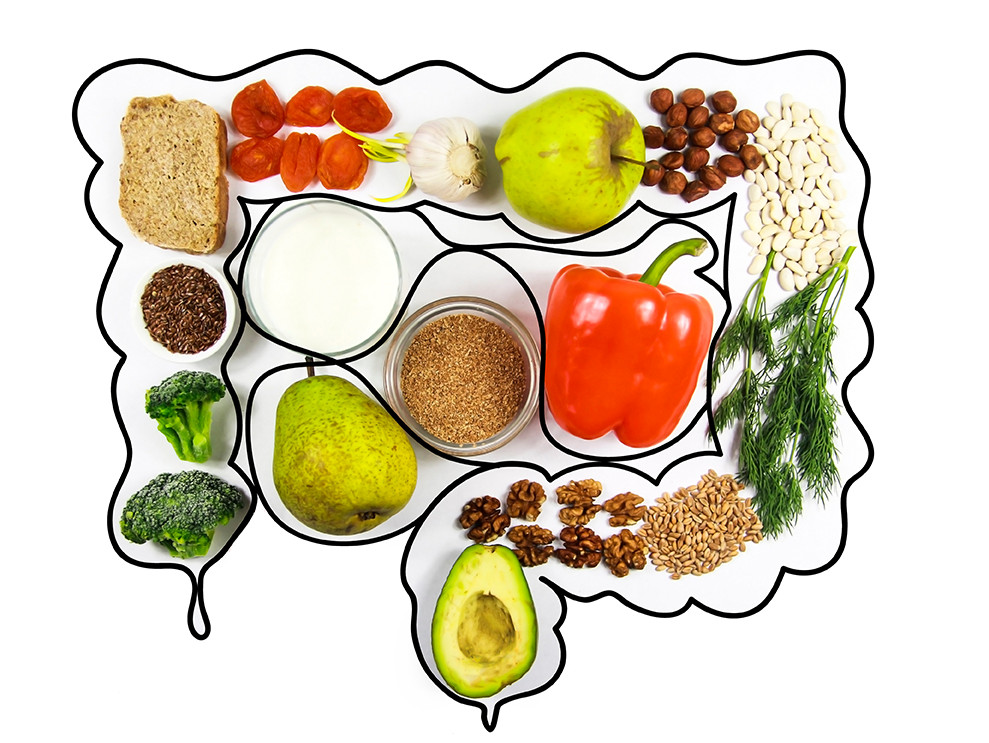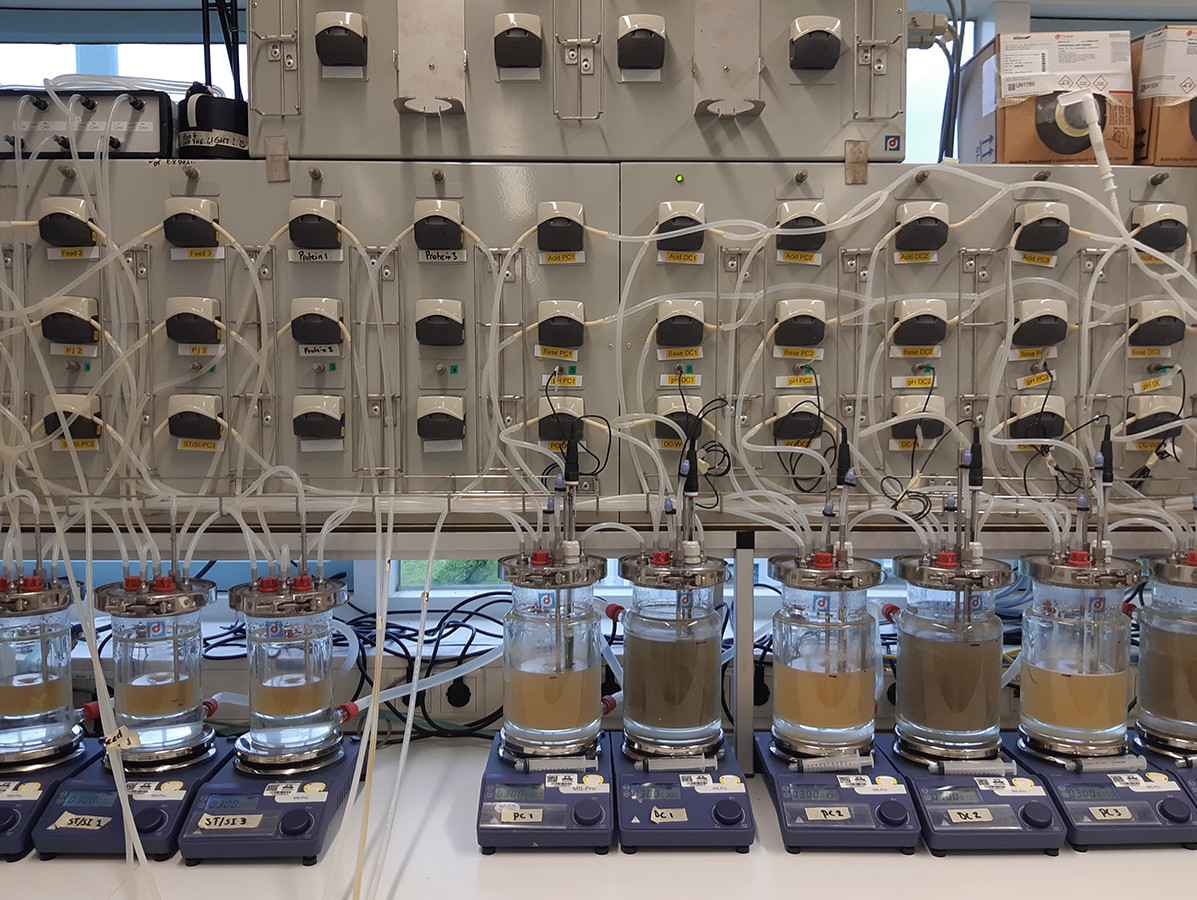
Proteins: we cannot do without them. But how well are new proteins capable of covering our nutritional needs, and what about when they have undergone all kinds of processing?
Protein is an essential macronutrient in our food, because it is the supplier of the amino acids from which our body again builds our own proteins. And somewhat for the energy, that too... but it's mainly about those amino acids! Nature, including mankind, uses 20 different amino acids to produce proteins. Of these 20 amino acids, healthy people can produce 12 themselves; the remaining 8, which we call the essential amino acids, we have to absorb from our food. The content of essential amino acids in proteins and protein-rich products is therefore an important indicator of nutritional quality. But that's not the whole story ... These essential amino acids may well be in good proportions in a product, but our intestinal system must also be able to extract them from it, otherwise they will be of little use to you. This makes the digestibility of proteins in our digestive tract an equally important quality parameter.
Digestion starts in the mouth, with chewing and starch breakdown by amylase, but for proteins the stomach and small intestine are the main 'stops'. Pepsin in the stomach, and trypsin and chymotrypsin plus a number of 'smaller players' in the small intestine, are the main 'performers' for cutting proteins into pieces, peptides. There are no loose amino acids yet; the 'brush borders', the microscopically small 'frayed edges' of the intestinal epithelium, also house a whole host of proteases that perform the final cutting work. Afterwards, the amino acids can enter the blood via the intestine and be transported to cells.
The quality of proteins, in terms of content of essential amino acids and digestibility, of the animal products we 'traditionally' take in is generally better than that of proteins from vegetable or single-cell sources (e.g. bacteria and yeasts). As far as amino acids are concerned this may be because animals, evolutionarily, are closer to us. However, it is quite possible to deal with this 'problem' by making blends of proteins where one source fills shortages from another source.A well-known example are legumes (relatively poor in sulphuric amino acids and rich in lysine) and grains (where this is reversed). The lower digestibility of proteins and protein-rich products is, at least in part, due to the presence of so-called 'anti-nutritional factors'. In plants, these are often secondary metabolites that contribute to the defence against glutinosity or pathogens. But some inhibit our digestive enzymes, such as the Bowman-Birk protease inhibitor in soya beans. In addition, proteins are often anchored in the cell and plant cells, which have a rather rigid cell wall, first have to be properly broken down before proteins can be released. Intact plant cells therefore hinder the release of the amino acids that are potentially present. Good extraction of protein in a concentrate or isolate can therefore help to increase digestibility. This also applies to making the proteins a little smaller by means of hydrolysis, allowing digestive enzymes to cut the protein into peptides a little better.

The 'gold standard' for measuring protein quality is the PDCAAS (Protein Digestibility Corrected Amino Acid Score) which is slowly being replaced by the DIAAS (Digestible Indispensible Amino Acid Score). In both methods, the protein to be measured is fed to a laboratory animal (usually a rat in PDCAAS or pig in the case of DIAAS). After some time, it is determined how much of that fed protein is NOT absorbed. The difference with the administered quantity is considered to have been absorbed. In the case of PDCAAS, this is determined in the faeces; in the case of DIAAS, it is determined at the transition from small intestine to large intestine. It can therefore be determined how much of the essential amino acids are absorbed and which are restrictive. The first restrictive amino acid present, in relation to reference values determined by the WHO, then determines the score. The disadvantage of the PDCAAS is that it is only measured after the large intestine and therefore the microbiota have 'eaten along'. The DIAAS gives a purer picture of the digestive capacity of the test organism, in this case often the pig. The digestive system of pigs is anatomically and physiologically similar to that of a human being, but it is becoming more and more difficult to keep using test animals for this purpose. A great deal of work is therefore being done on non-animal alternatives. At Wageningen Food & Biobased Research (WFBR) alternative strategies are available to make scientifically substantiated statements about digestibility.
Measuring the amino acid composition of protein-containing products ('how much and which ones are in there') is simple: proteins are chemically hydrolysed into loose amino acids. Which and how many of these are present is determined with for example HPLC, and that is that.
Measuring their digestibility ('do they come out when we eat them') can be simulated in the lab with an in vitro digestion system based on the internationally accepted, standardised, 'INFOGEST' protocol. This system consists of a gastrointestinal and an intestinal compartment; the conditions can be chosen in such a way that the digestion of specific groups, such as children or the elderly, is approached as closely as possible. After simulation of an intestinal passage, an in vitro DIAAS can also be determined on the basis of the amino acids analysed and using WHO standards. Currently, data from this in vitro system are compared with results based on the pig model and we compare the data with published data obtained from similar protein sources.
In addition, we can also measure protein digestion in humans. By allowing volunteers to eat a protein-rich product and then looking at the amino acid profile in the blood in the hours after intake, protein sources and products can also be compared with each other with regard to digestion and quality. This also gives you more insight into the variation in digestion between people and you can substantiate even better that a certain protein product is of good quality for a certain target group.

Many products that are made from protein and reach the consumer have undergone numerous processing steps. Such processing steps can have significant effects on the protein structure, and thus on their digestibility, especially when thermal effects are involved, such as in the preparation of meat substitutes. As a result of heat treatment, proteins can (partially) unfold, which theoretically should promote their digestion. After all, the flashing enzymes 'can reach it better'. On the other hand, if there is sugar nearby during processing, glycation or Maillardization often takes place. This leads to the modification of lysine. As a result, an enzyme such as trypsin is less able to do its job, which slows down digestion. Aggregation and protein structuring that occur during the preparation of meat substitutes also influence digestibility.
In short: digestibility of processed proteins is the result of a large number of effects. In practice, it will have to be determined whether limiting factors are involved. And if so, how to solve this in order to still be able to offer a nutritionally optimal product, comparable to the product based on animal protein on which nutritional advice is based.
Replacing animal proteins with vegetable proteins in the human menu is not just 'just replacing them': proper consideration needs to be given to the amino acid composition and how well those amino acids become available after digestion. Consideration could be given to blends of alternative sources to adequately cover the humane amino acid requirement and that of specific (at-risk) target groups such as children and the elderly. A versatile supply of proteins from various sources, properly processed, is essential.
Photos: Head image: ©sdecoret/shutterstock.com, intestines: ©POLIGOONE/shutterstock.com
Source: Vakblad Voedingsindustrie 2020